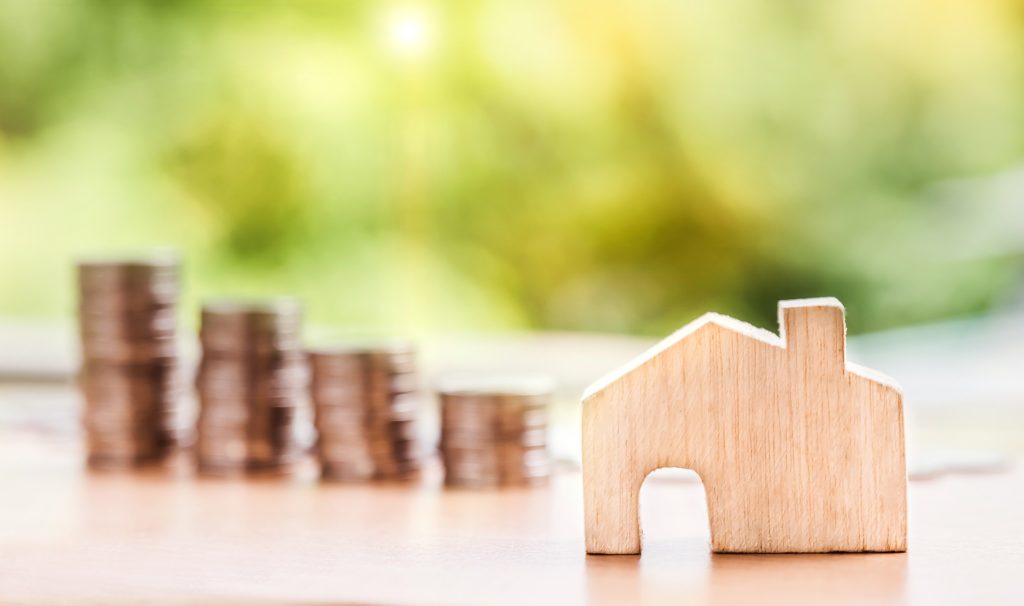 December delivered a significant holiday housing affordability boost to prospective home buyers, according to Mark Fleming, Chief Economist at First American. The December 2018 First American Real House Price Index (RHPI), released on Monday, revealed that real house prices decreased 2.4 percent between November 2018 and December 2018. On a year-over-year basis, the real house prices increased 11.8 percent year over year.
December delivered a significant holiday housing affordability boost to prospective home buyers, according to Mark Fleming, Chief Economist at First American. The December 2018 First American Real House Price Index (RHPI), released on Monday, revealed that real house prices decreased 2.4 percent between November 2018 and December 2018. On a year-over-year basis, the real house prices increased 11.8 percent year over year.
The report found that consumer house-buying power—how much one can buy based on changes in income and interest rates—increased 3.1 percent between November 2018 and December 2018, and declined 5.0 percent year over year. An increase in average household income was recorded at 3.1 percent since December 2017 and 55.0 percent since January 2000. On the other hand, real house prices are 12.0 percent less expensive than in January 2000.
On an unadjusted basis, house prices are now 2.0 percent above the housing boom peak in 2006, real, house-buying power-adjusted house prices remain 37.2 percent below their 2006 housing boom peak. “Housing affordability is a function of three economic drivers: nominal house prices, household income, and mortgage rates. When incomes rise, consumer house-buying power increases. Declining mortgage rates or declining nominal house prices also increase consumer house-buying power,” Fleming said.
Addressing other factors that have been driving affordability, Fleming pointed out that rising wage growth and lower mortgage rates are primary contributors. “In December, the labor market remained impressive. Annual hourly wage growth increased by 3.5 percent compared with a year earlier, and the labor market’s record streak of job gains continued. The labor market has increased average household income by 55 percent since January 2000,” Fleming added.
Fleming also noted that affordability trend shifted toward buyers in December, as mortgage rates fell and household income continued to grow. He said that the December decline in mortgage rates from 4.87 to 4.64 percent “boosted house-buying power by an impressive $10,000—which means a homebuyer with a 5 percent down payment and a mortgage rate of 4.6 percent saw their house-buying power increase from $354,500 to $364,500.”
The monthly increase in household income was reflective of an increase in house-buying power to $365,600. Overall, house-buying power increased by $11,100 in December compared with the previous month—the second largest monthly increase in house-buying power since the beginning of the millennium.
According to RHPI, the five states with the greatest year-over-year increase in the RHPI are District of Columbia (+19.1 percent), Ohio (+17.0 percent), Montana (+16.7 percent), Nevada (+16.6 percent), and New Jersey (+16.4 percent). No states recorded a year-over-year decrease.
The five markets among the Core Based Statistical Areas with the greatest year-over-year increase in the RHPI are Cleveland (+20.1 percent), Las Vegas (+19.9 percent), Orlando, Fla. (+19.8 percent), Charlotte, N.C. (+19.5 percent), and Columbus, Ohio (+18.2 percent).

 theMReport.com Your trusted source for mortgage banking news
theMReport.com Your trusted source for mortgage banking news








